A Brief History Of The Bridges Over The Gowanus Canal
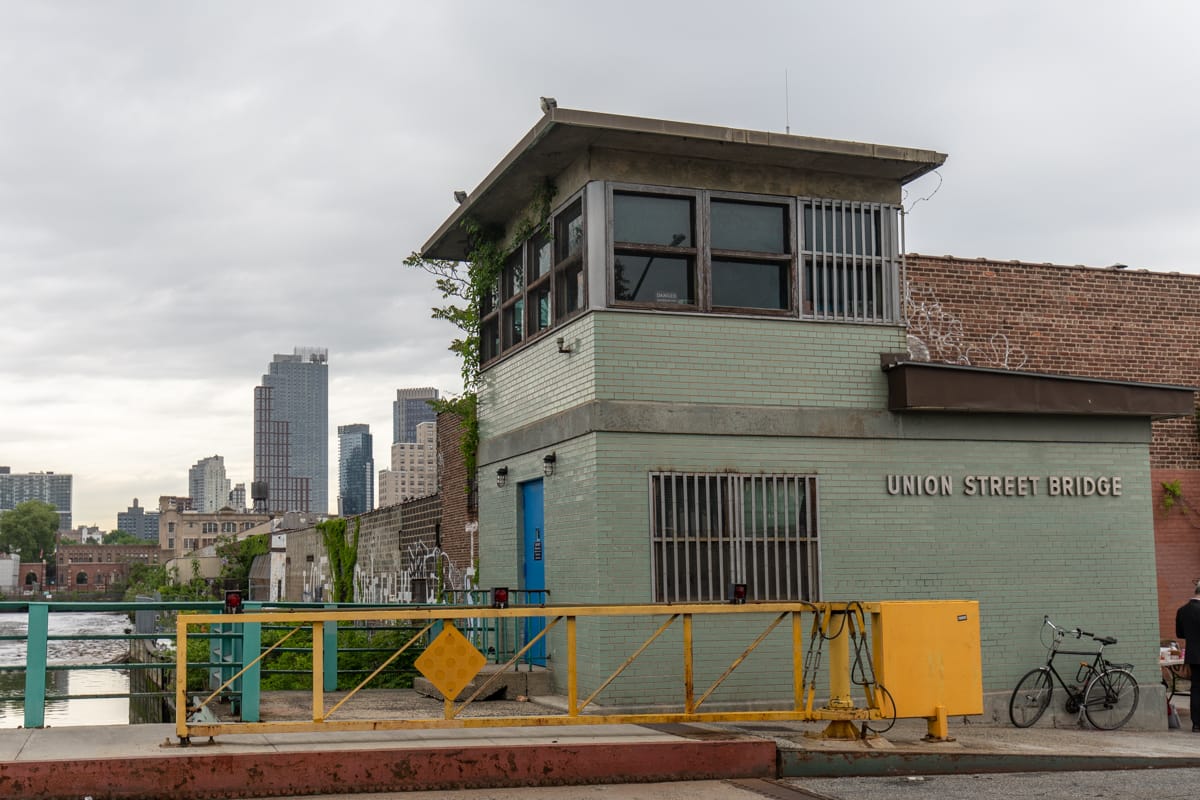
GOWANUS – The Gowanus Canal is an anomaly. The new buildings and hip restaurants rising alongside it strike a stark contrast with its thick industrial waters. Providing safe passage across everybody’s favorite Superfund site are five bridges, each with its own story. When one of the five bridges open, residents are reminded that the Gowanus is more than just a place for toxic sludge—also known as “black mayonnaise“—to settle, it is a canal with a rich history of its own.

The northernmost bridge on the Gowanus is the Union Street Bridge. A rolling lift bascule bridge, the span carries its eponymous street over the Canal. Three out of the five bridges over the Gowanus are bascule bridges: more commonly known as drawbridges, they are characterized by leafs—carrying roadways—which open upwards.
The bridge opened on March 4, 1905. A renovation plan is in the works that may replace this bridge, which is soon to celebrate its 115th anniversary, with a fixed bridge. That would prevent larger boats from moving up the full length of the canal.
A few hundred feet south of the Union Street Bridge is the Carroll Street Bridge. While aesthetically unspectacular, the bridge has hidden depths: it is one of only two active retractable bridges left in the in the United States.
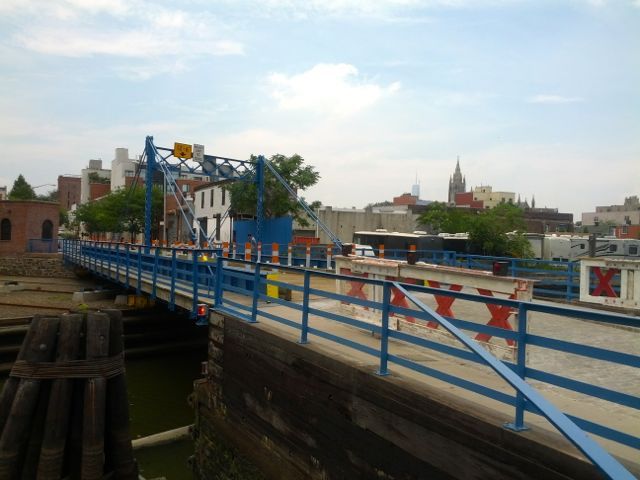
The span was completed in 1899 by the Brooklyn Department of City Works for a cost of $29,600, replacing a previous span that had been decommissioned in 1887. A man by the name of Robert Van Buren was the chief engineer of the project. As per its design as a retractable bridge, the center span slides from its position over the canal into a pocket on the shore using a set of rails. (The plans and photos taken in 1942 are on the last 4 pages of the previously linked document.) For better or for worse, this style of movable bridge never fully caught on in the United States. Most bridge designers opted for more traditional styles.

As boat traffic on the Gowanus declined, the bridge fell into disrepair, and by the mid-1980’s the bridge was closed to traffic. During these lean years, the Carroll street bridge played a role in the 1985 movie Heaven Help Us. In the movie the protagonists were caught on the bridge as it was opening. Shortly after its cinematic debut, the span was designated a landmark by the NYC Landmarks Preservation Commission (it is the only landmarked bridge over the Gowanus Canal) shortly before its renovation and subsequent reopening in 1989. Because of its landmark designation, its original mechanism is intact.
Continuing south, we arrive at the comparatively banal Third Street Bridge. It was initially constructed in 1905, and reconstructed in 1986. It is a bascule bridge, like Union Street bridge, with two traffic lanes.
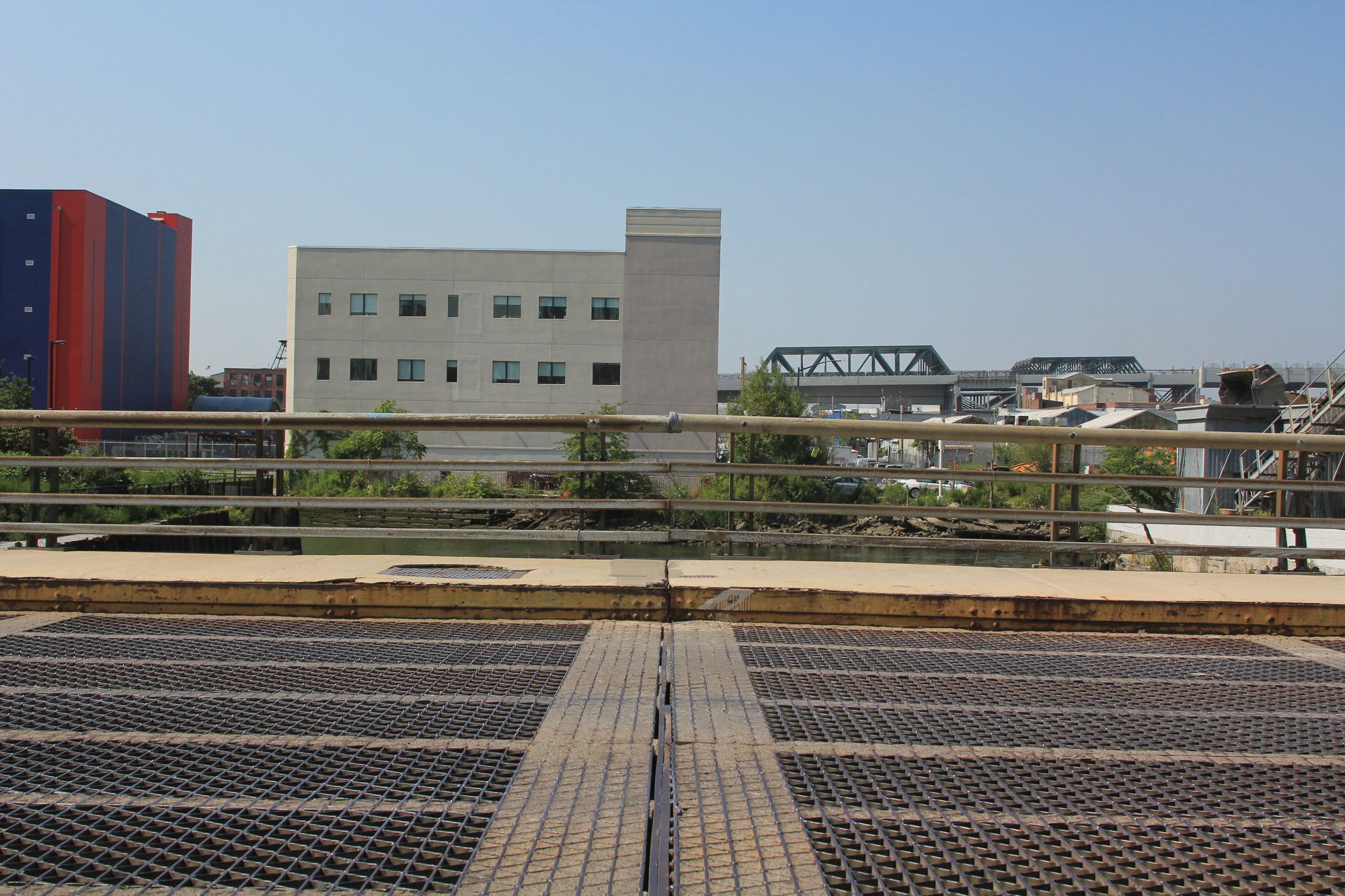
This bridge is over the “cleanest” part of the Gowanus Canal—though swimming is still not recommended. For reference, earlier this year, on March 1st of 2019, a man jumped into the canal from this bridge and was promptly rushed to the hospital by the FDNY (he survived).
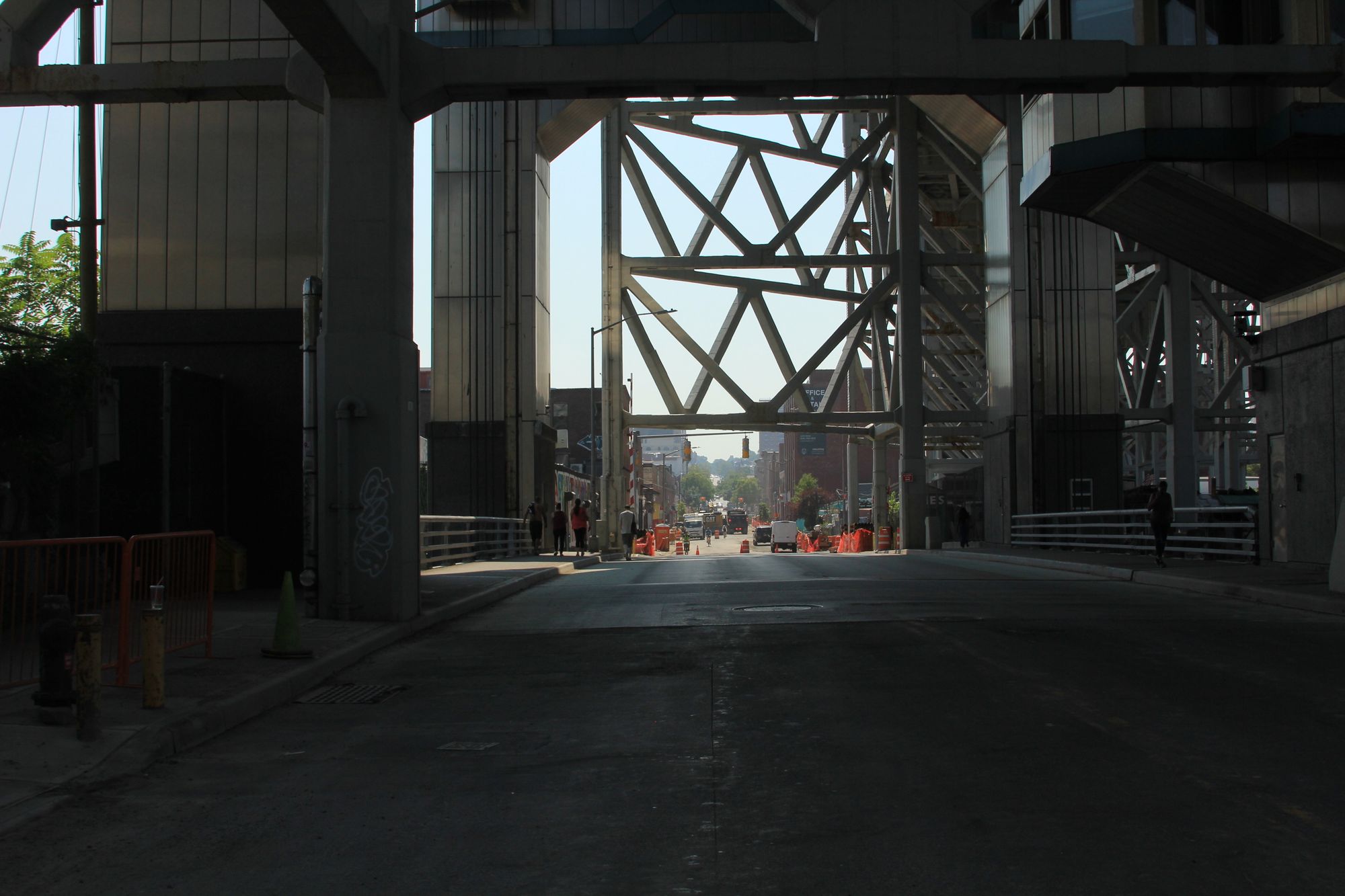
Under the fortress-like Culver Viaduct is the Ninth Street Bridge. This much used span is a lift bridge, which replaced a deteriorating 1903 bascule-style bridge in 1999. Just north of this bridge is a cement plant, which is still served by barges, which makes this bridge the northernmost bridge to be regularly opened.
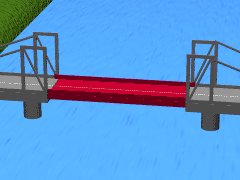
The last bridge before the mouth of the canal is the Hamilton Avenue bridge.
The Hamilton Avenue Bridge carries eight lanes of traffic over the Gowanus Canal, directly under the elevated portion of the Gowanus Expressway. It connects Smith Street and Second Avenue. The bridge is made up of two leafs joined together, working in tandem Each bridge leaf carries four lanes of one-way traffic and a pedestrian walkway. It is a “bascule” type bridge—with a counterweight to provide balance to the moving span.

The original bridge was designed by Wadell and Hanover and was opened on August 27th of 1942.
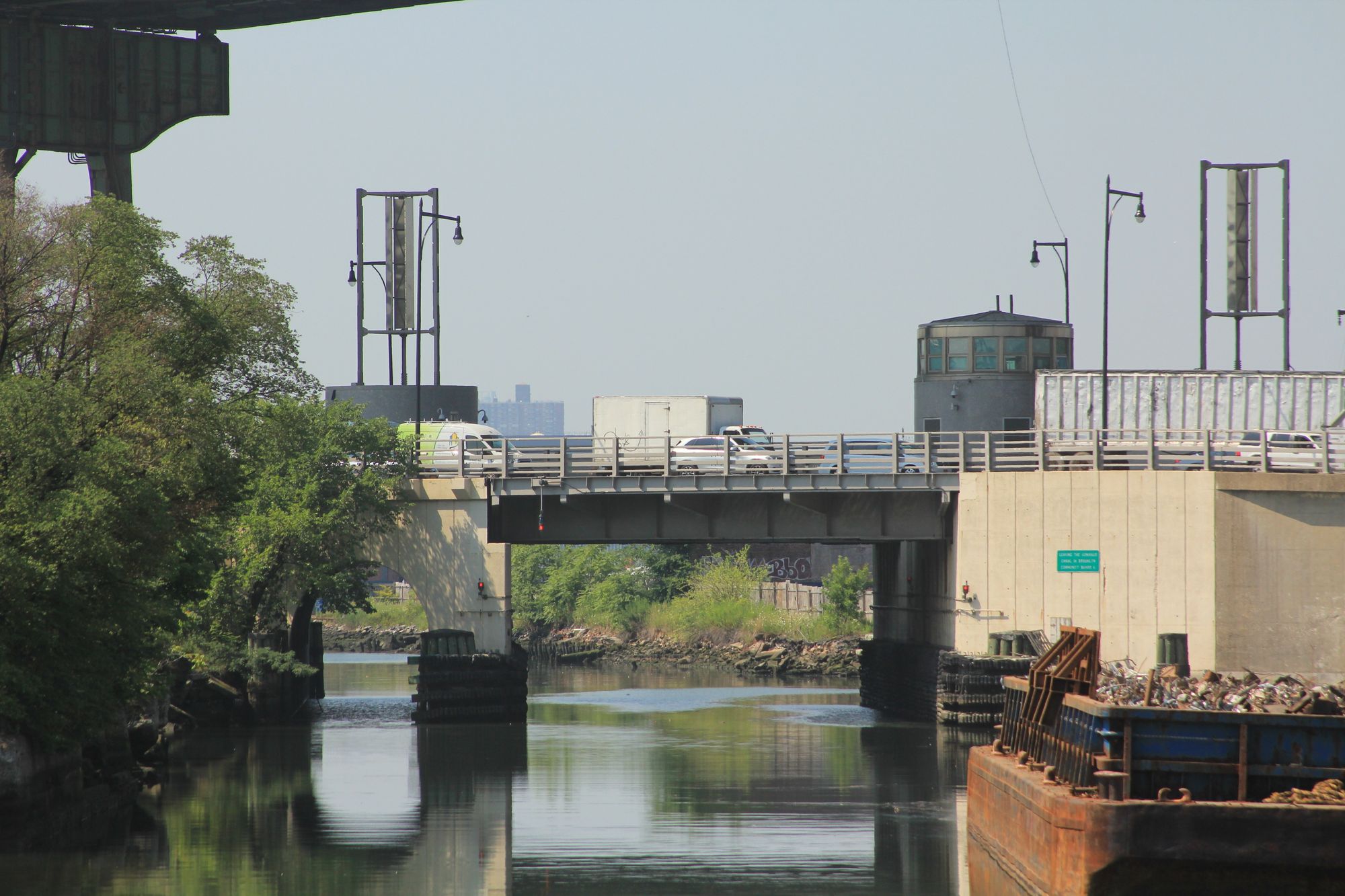
It was reconstructed in 2008-09, during which time it was electrified and the lighting was improved. The reconstruction cost over $55 million.
I have vivid memories of crossing the Union, Carroll and Third Street bridges when I was younger — usually headed to Prospect Park. After I learned to ride a bike, the streets to the park became my favorite places to go. Although the area surrounding the canal has changed dramatically — it went from warehouses filled with construction materials and coffin makers to a Whole Foods market and hipster office spaces — the bridges have remained a constant amidst the change.
The next time you traverse the troubled waters of the Gowanus, take a moment to reflect on the history that is infused into the metal and concrete you travel on.
[Gifs by Y_tambe via core77.com.]




